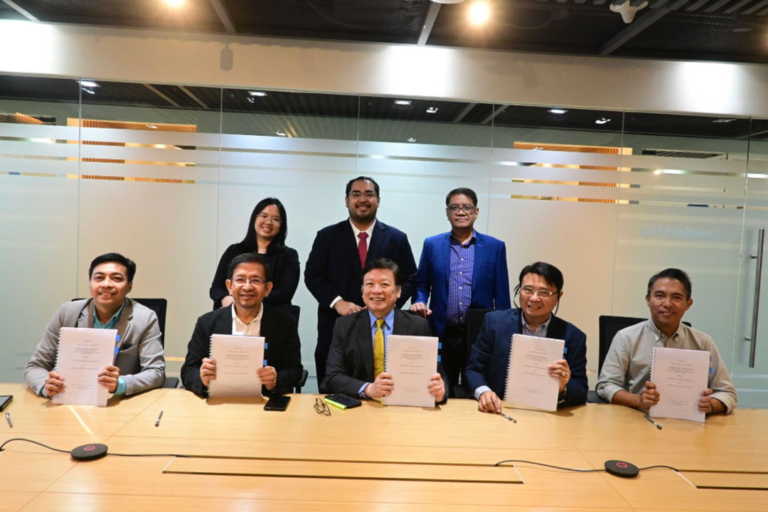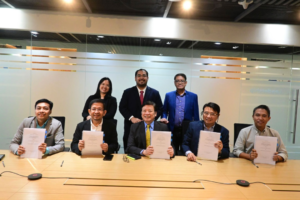By Josh Recamara
Transamerica, in collaboration with the MIT AgeLab, has released Better Together: Improving Financial Wellness in America, a study exploring how middle-income Americans manage risk, plan for the future and build financial confidence.
While the report covered broader financial behavior, it also pointed to a growing need for insurance professionals to bridge the widening gap between financial confidence and literacy.
The research found that although more than half of respondents expressed confidence in their financial decision-making, only about half demonstrated a solid grasp of basic financial principles. This disconnect suggested that many households may be underestimating their exposure to financial and protection risks, such as health costs, loss of income and inadequate life or disability coverage.
Insurance plays a central role in mitigating these risks, yet the study showed that public understanding of coverage options remains limited. While consumers increasingly rely on digital information and social media for financial guidance, financial professionals and insurers remain the most trusted sources. The findings highlighted an opportunity for insurers and advisers to provide clearer, more accessible education on how protection products contribute to long-term stability.
Transamerica said the results reaffirm the need to engage consumers through practical, trust-based advice rather than product-driven discussions. The company emphasised that helping individuals understand how insurance and investment strategies work together can strengthen confidence and improve outcomes, particularly among middle-income households who face competing financial pressures.
The report also shed light on retirement readiness and longevity risk, both of which are areas where insurance can play a pivotal role. More than 90% of respondents said retirement savings were very important, yet 26% expected never to fully retire — an indicator that many are unprepared for income needs later in life. Annuities, long-term care insurance, and other income protection products may therefore become increasingly relevant in addressing those gaps.
The research was conducted online between October and November 2024 with 1,326 participants aged 18 and older, each with a household income between $50,000 and $200,000. Additional qualitative sessions with consumers and financial professionals were held between November 2023 and May 2024.







Leave a Comment